The channels and opportunities available when deciding to market your subscription products are endless. From using influencers and guest posts to paid advertising and content marketing, it’s never been easier to promote your brand to the world.
Ironically, however, the most powerful marketing platform also happens to be the most misunderstood and under-leveraged: Facebook ads.
To be fair, if your product isn’t something your market wants, no amount of retargeting or boosting will help. But Facebook ads can provide you with a big promotional boost all the same.
Here’s an example: I recently took on a new client selling food subscription boxes, and they came to me with a big problem. On average, it was costing them $230 to convert one customer (for a $100 product)!
Yikes.
Sure, the lifetime value of their customer was triple that, but the high costs of their ads meant they were left with virtually no profit margin to play with. To figure out how to better succeed in Facebook advertising with subscription-based business models, I reached out to successful businesses & entrepreneurs.
And here’s what it boils down to: People on Facebook don’t want to be sold to.
Think about it: they’re there to check out photos of their nieces and nephews. See their friends vacationing in Costa del Playa. To read funny memes and watch entertaining videos. In a holistic sense, they’re not necessarily in the mindframe to purchase (unlike Pinterest, where people are there to browse “objects of desire”).
So, when you go and show Facebook users an ad of your product – and they’ve never heard of you – you’re guaranteeing yourself a one-way ticket to nowhere.
Instead, here are some goals to help guide your approach to Facebook ads:
- Aggressively build your email list (through lead ads & competitions)
- Sell to your email list or website visitors (through retargeting)
- Sell to a cold audience – that is, one that doesn’t know you (through discounts or freebies)
Today we’ll focus on the third option.
How Facebook Ads Worked for Us
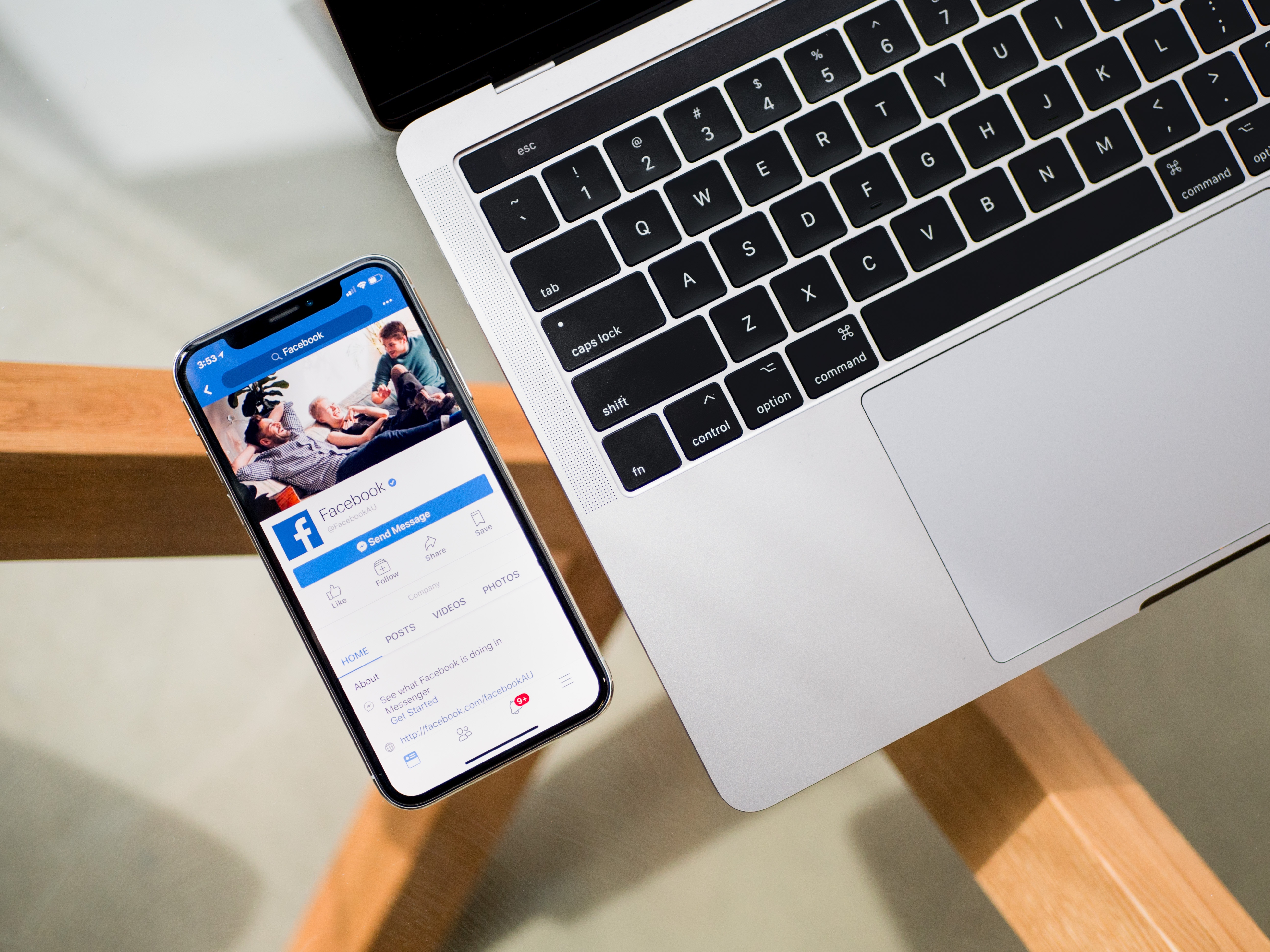
When I took over the account I just mentioned, the client was already running a $20 discount offer to their email list and website hits. While this offer converted leads pretty well, they only generated 1-2 sales per week. Their Facebook ads for a cold audience, on the other hand, were inflating costs and causing them to lose a lot of money.
The solution? Simple. We transferred the “$20 off” tripwire to the cold audience.
Here’s how we set up the campaign in Ads Manager…
Step 1: Creating a Facebook Ad Campaign
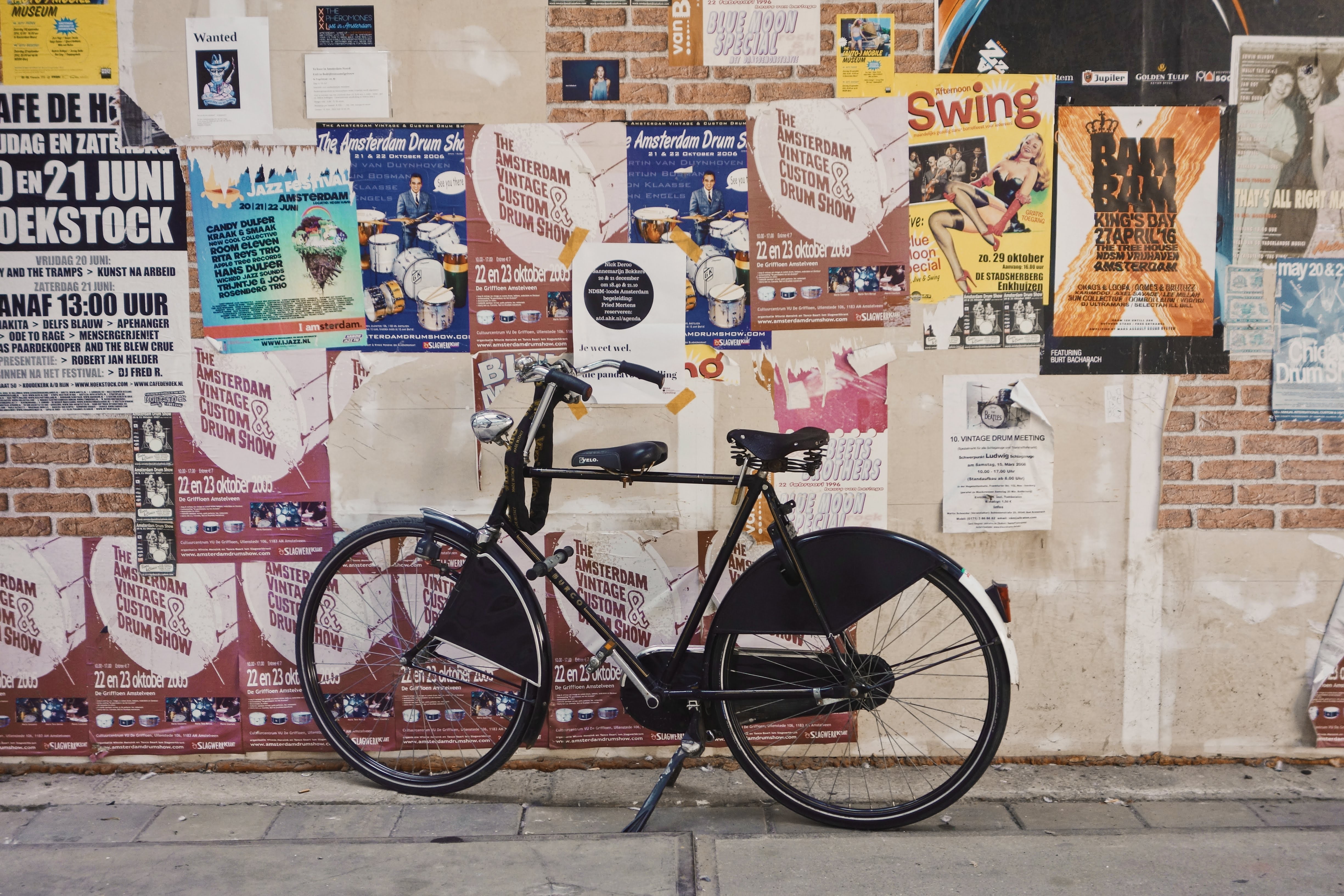
First, choose your incentive.
We tested out different offerings and how these were framed. Sometimes audiences respond better to a monetary amount versus a percentage, or even a freebie.
Make it your mission to find out! Afterward, always watch those retention rates closely to make sure it’s not undercutting your profits in the long term.
Step 2: Choose Your Type of Campaign
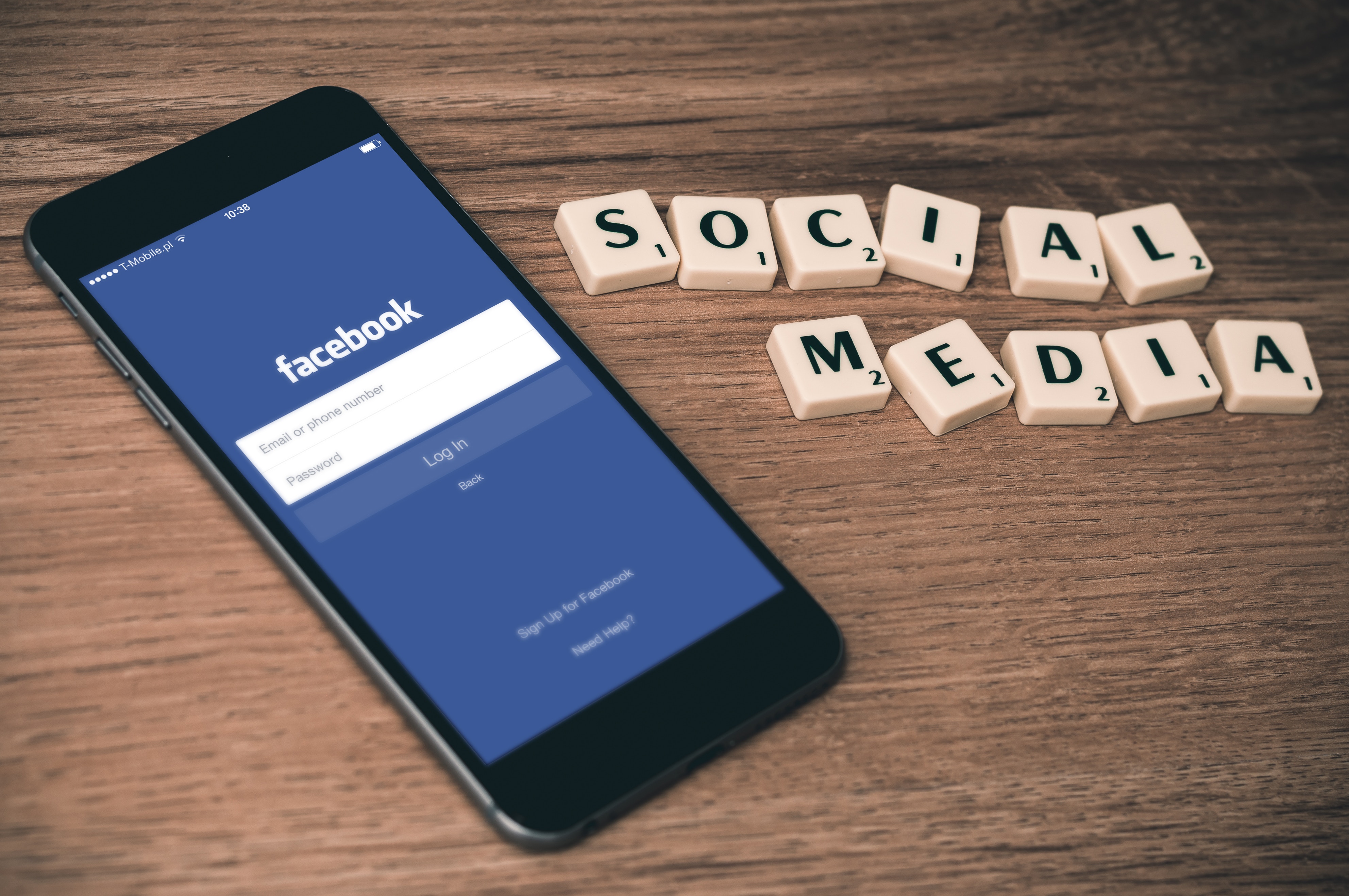
We tested out conversion campaigns for this client, but found that – surprisingly – most people convert about 7-13 days after clicking on the ad. Therefore, we recommend that you focus your campaigns on earning click-throughs to your website, rather than full conversion. By doing this, you can optimize for impressions.
However, it’s important to point out here that the client did have an email signup form on their website. So some of the hits we received from Facebook went into an automated email nurture sequence.
Tip: Make sure you have a standard event set up on your site so that you can track – and optimize – the number of purchases made from your various ads. Facebook has 9 types of standard event to track various metrics, such as leads, pageviews, signups, and each step of the sales/conversion funnel. You can also customize “lookalike” audiences for your ads with a standard event.
Also, remember that Facebook’s default attribution window for conversions is 28 days. That means if someone clicks on your ad and then makes a purchase 2 weeks later, Facebook will count this as a conversion.
Step 3: Understand Your Targeting
![]()
Here’s who we targeted with the ad:
- Cold audience built using interests, age, & location segmentation
- Lookalike audience based on the client’s existing “best” customers)
You can see one of the targeting sets we created in the screenshot above. The ideal customer is a busy professional, so we targeted based on publications and other media (such as morning radio stations) this ideal consumes, as well as products they use.
You can target your competitor’s fans, if the competitor has a large enough page, or target based on behaviors. For example, if you are going after small business owners, you could tell Facebook to show your ads to people marked as admins of business pages:
If you want additional targeting options, click “Browse.” This is where you choose to target “Facebook Page Admins,” as well as other unique audience types that might be part of your target demographic.
Step 4: Determine Your Daily Spend
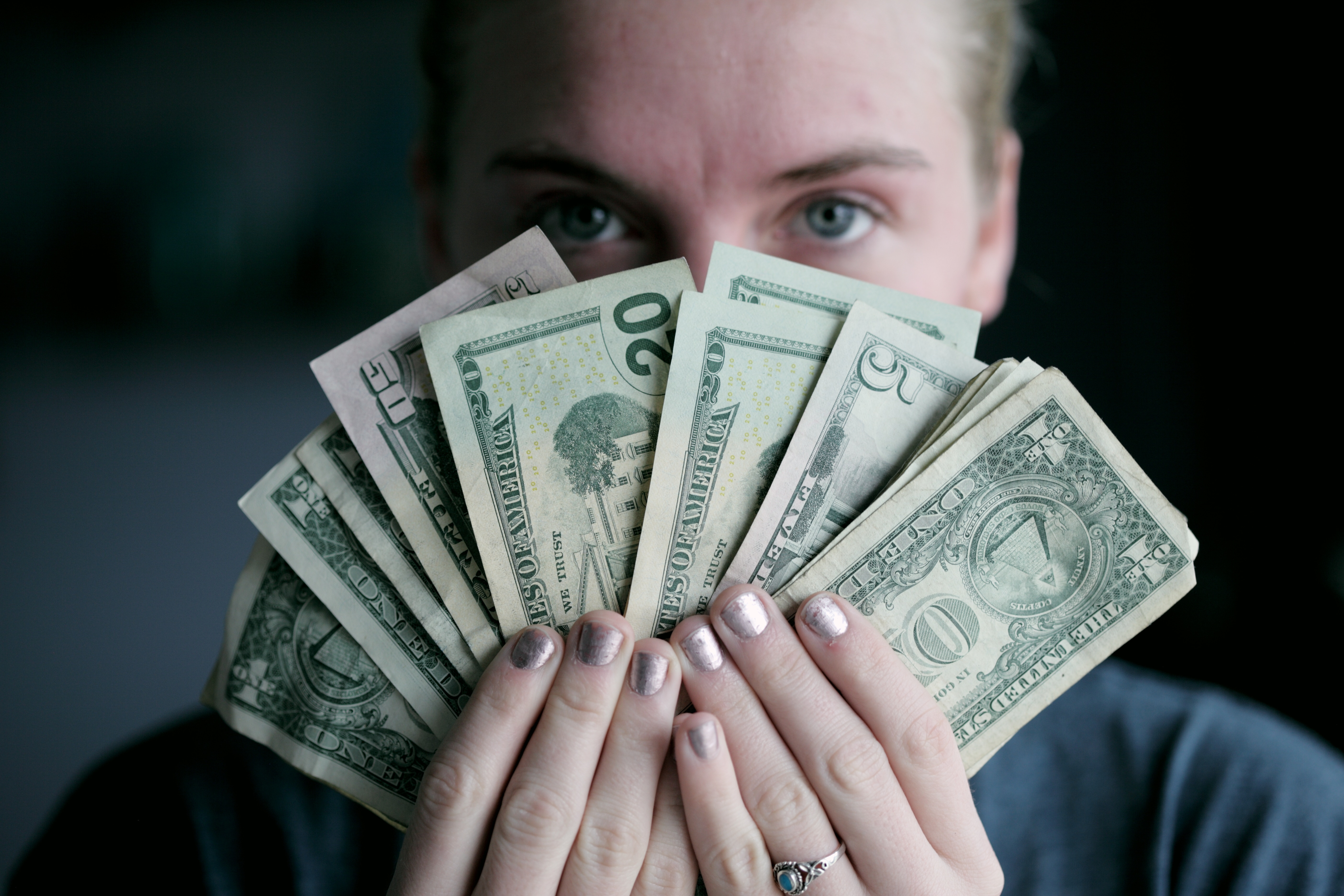
We started off small, spending $50/day. Because shipping restrictions limited us to one city with a relatively small audience size of 600,000, we weren’t able to scale too much beyond $70/day.
Regardless of your audience size, when you first start off, you’ll also want to stay within the $50-$60 range. As your ads gain more clicks, you can scale up slowly. To do so, just add $10 to your campaign every day and increase the audience size as well.
Fail to do this, and your well-performing campaign will likely go bust.
Step 5: Review Your Progress

When we first tested out this ad, it was converting at the $100 mark. This was already a massive improvement on the previous $230 average, but we knew we could do so much better. Remember, the product itself is only $100! For that price point, you should be able to achieve a minimum of 100% ROI from Facebook.
Based on previous experience, we knew that a surefire way to drive down this cost was to build social proof – e.g. likes and shares – into the ads. This is an extremely powerful psychological hook, as we tend to want what others have. If potential customers see that your ad has 300 likes on it, they are more likely to perceive your product as being desirable. In turn, that interpretation increases the likelihood they’ll purchase.
Here’s the problem, though. Your campaign is optimized for clicks or conversions, not shares. So it’s unlikely that someone would click an ad over to your website, then return to Facebook to “like” the ad.
However, Facebook offers three ways to measure an ad’s success. Just because it isn’t generating likes doesn’t mean an ad isn’t successful!
- Audience engagement: Facebook can track the unique users (not devices) that view or click on your ads.
- Brand objectives: Through “brand lift” studies and polls or creating your own custom ad reporting, you can measure and reevaluate your ad campaigns based on various metrics (like number of users reached, cost per result, amount you’ve spent, or impressions).
- Sales and conversions: Facebook offers two types of measurement for sales and conversions, from ad reporting to its test-and-learn feature.
Any of these features can help you measure and optimize an ad for retargeting later on.
Tips for Retargeting an Ad
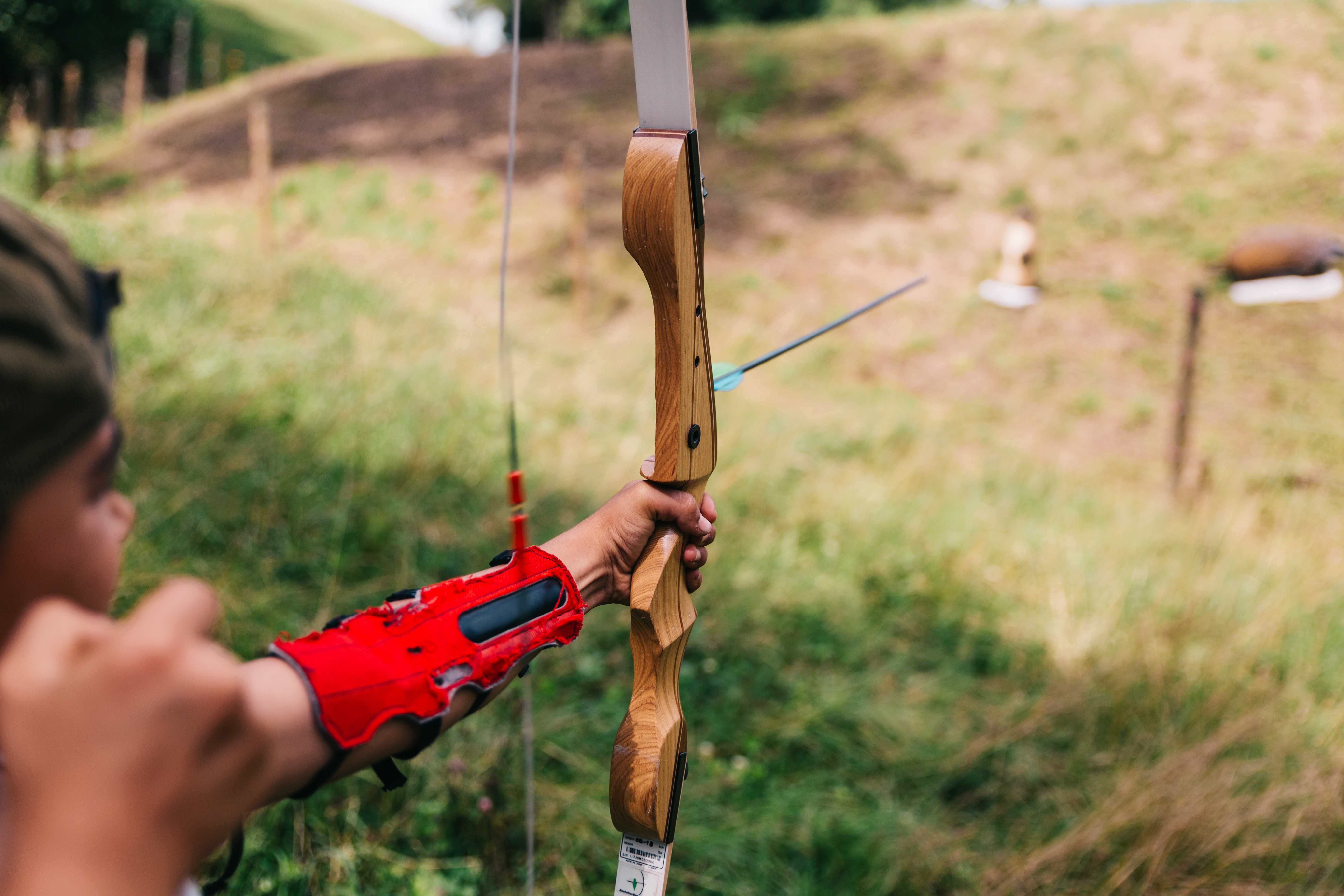
Keep the following considerations in mind when you’re considering retargeting an ad.
- Make sure you retarget people that visited your landing page from your first ad.
- Don’t forget to show the offer to your email list, either.
- Make sure to exclude people that have already purchased from you (using standard events). This is important, especially if your offer is only for first-time buyers.
- Be patient! You need to allow up to 30 days for your ads –both cold and retargeting – to kick in. As we’ve noted, on average, we saw conversions take place 7-13 days after the initial click.
- Select the days and times you want to run ads through a Facebook scheduler. We found that we weren’t getting any conversions on the weekends, so we changed the campaigns to only work weekdays from 12-10pm.
- Bear in mind the possible cost per conversion in relation to your daily budget. For example, if it costs $60 for each new customer and you only assign $5/day to your campaign, it’s going to take you nearly two weeks to achieve one conversion!
The opportunities and options are endless, really! But if there’s one thing I hope you take away from this post, it’s that you MUST persevere with your Facebook ads. Test lots and lots of different funnels, targeting options, and ad formats to discover what works for your audience and product offering.
Now it’s your turn – give Facebook ads a crack and let me know how you get on!
This guide was contributed by Cat Howell, a digital strategist at Eight Loop Social. Find her on Twitter @SocialUpLab.



